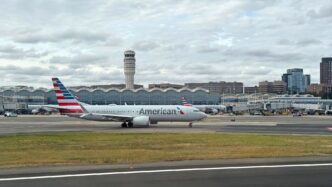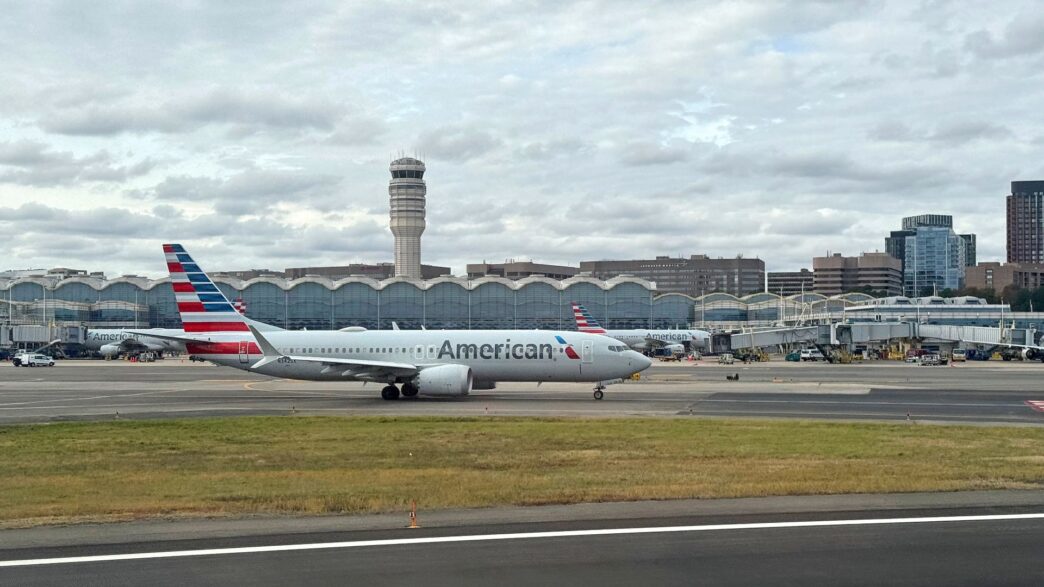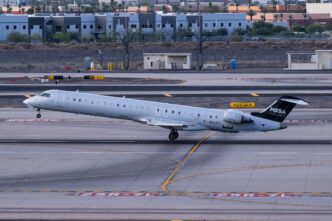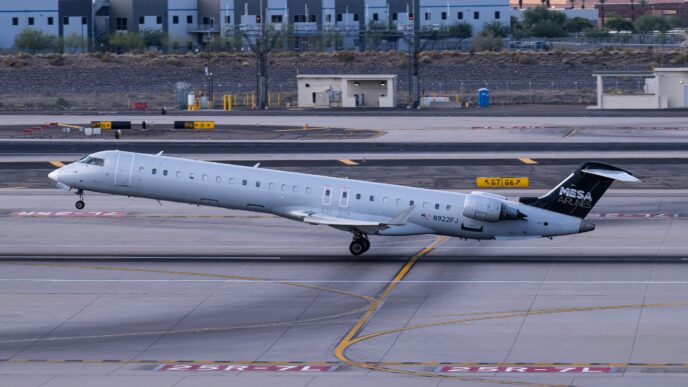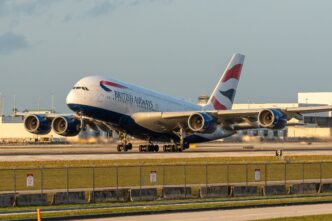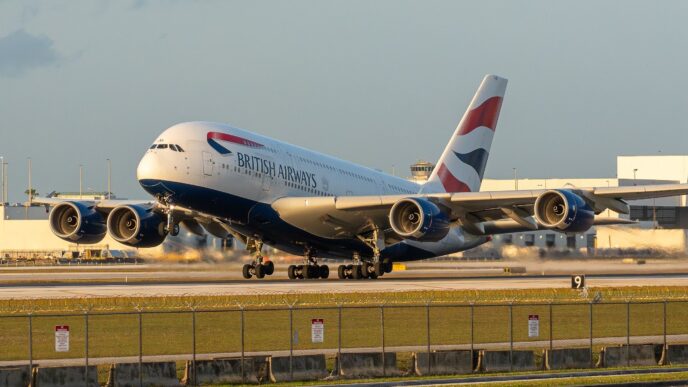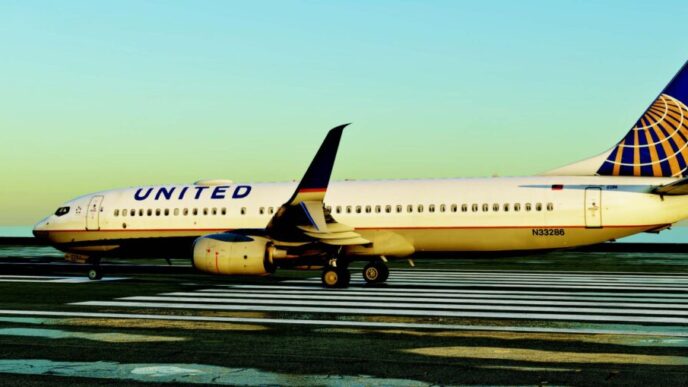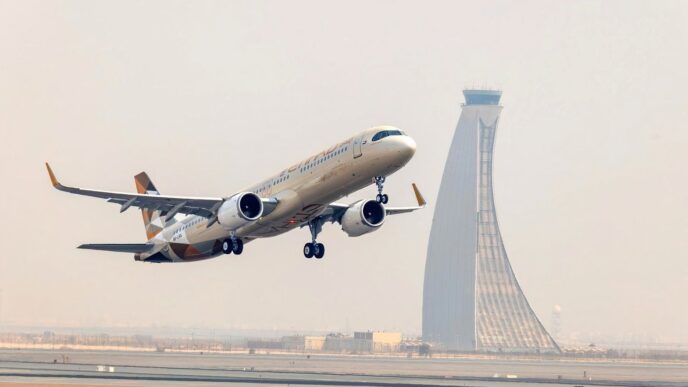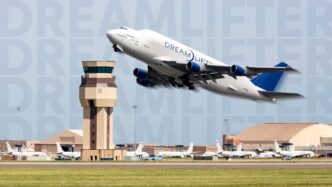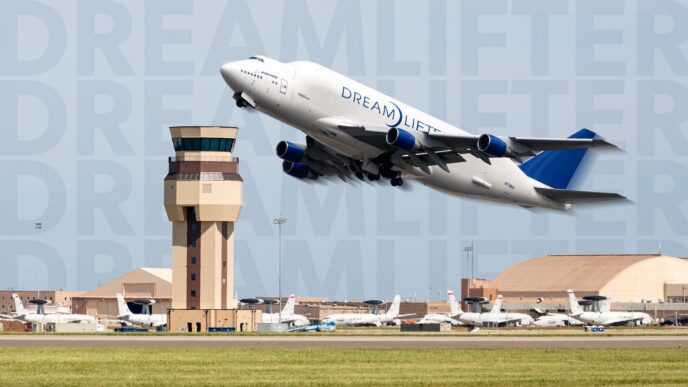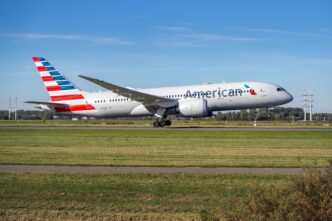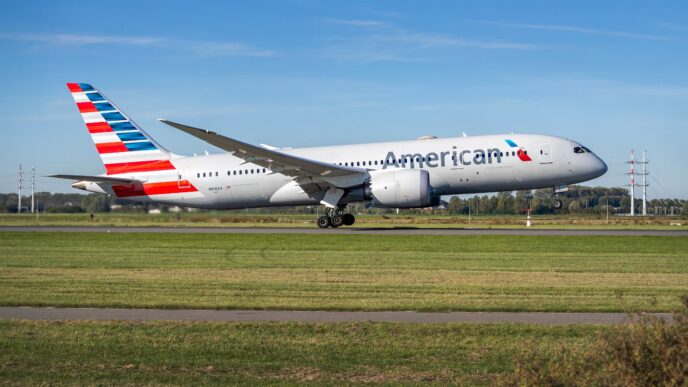In the aftermath of the tragic midair collision near Ronald Reagan Washington National Airport earlier this year, investigators are zeroing in on air traffic control (ATC) staffing and decision-making processes. The crash, which involved a US Army Black Hawk helicopter and an American Airlines regional jet, resulted in the loss of 67 lives. The Federal Aviation Administration (FAA) is facing criticism, with the National Transportation Safety Board (NTSB) suggesting that the FAA was aware of ongoing risks at the airport, such as staffing shortages and airspace congestion, but did not take action to address these issues before the accident.
The NTSB has initiated a formal investigation, including a three-day hearing to delve into the details of the crash. During the hearing, it was revealed that although 26 out of 28 controller positions were filled on the night of the incident, only one controller was managing both helicopter and fixed-wing traffic. This setup is unusual, as these responsibilities are typically split between two controllers until later in the evening. The timing of this reassignment is under scrutiny, as it occurred over 40 minutes before the usual transition time, raising questions about its impact on the crash.
Testimonies during the hearing highlighted that concerns about safety at Reagan National had been flagged long before the collision. James Jarvis, a compliance auditor, shared that he had repeatedly recommended increasing staff to alleviate pressure on the tower, but his suggestions were dismissed. The hearing also revealed that many controllers were relatively inexperienced and needed more supervision. Despite these challenges, ATC employees have often been left to manage with limited resources, a situation that underscores the need for systemic changes to prevent future tragedies.
#AviationSafety #AirTrafficControl #NTSBInvestigation
Originally reported by Simple Flying Read More
